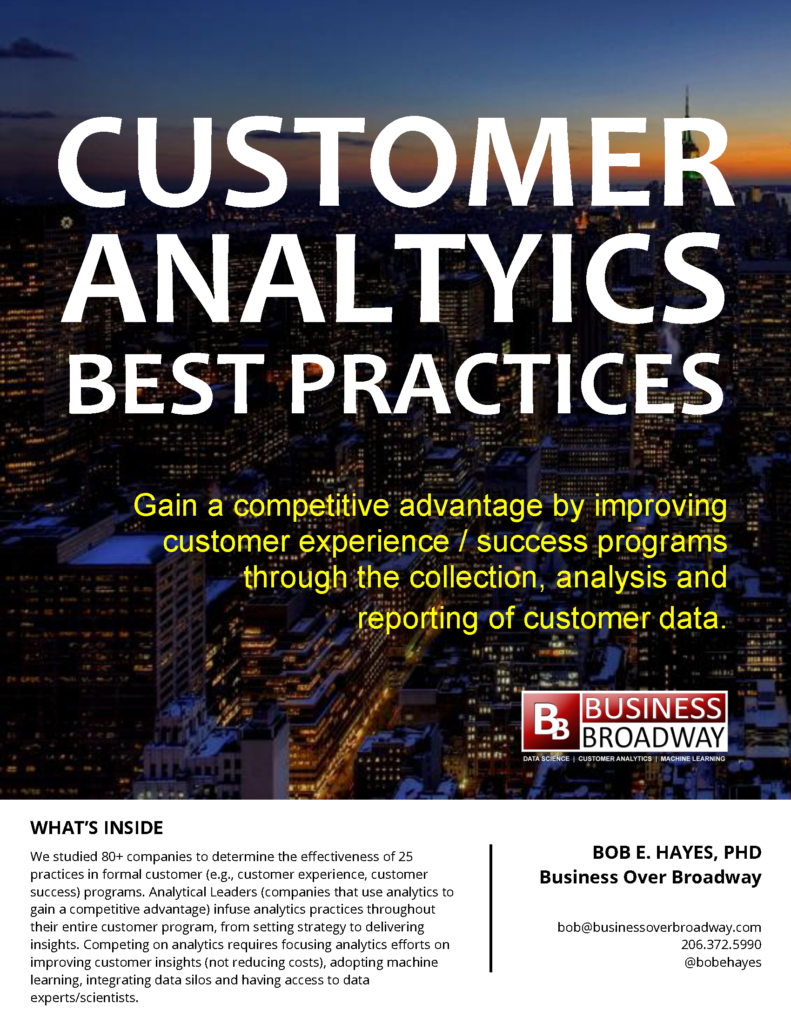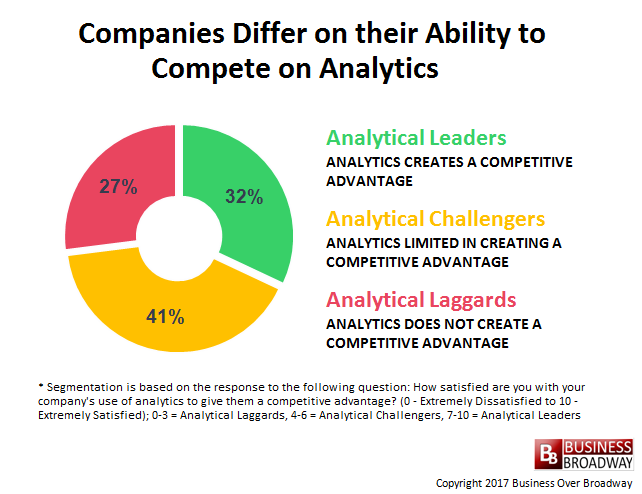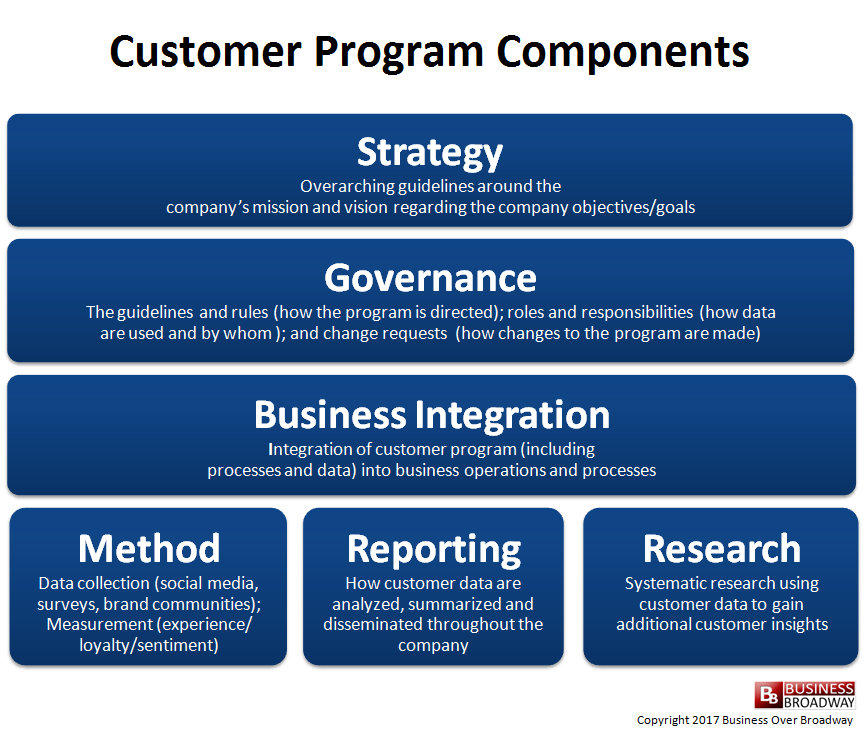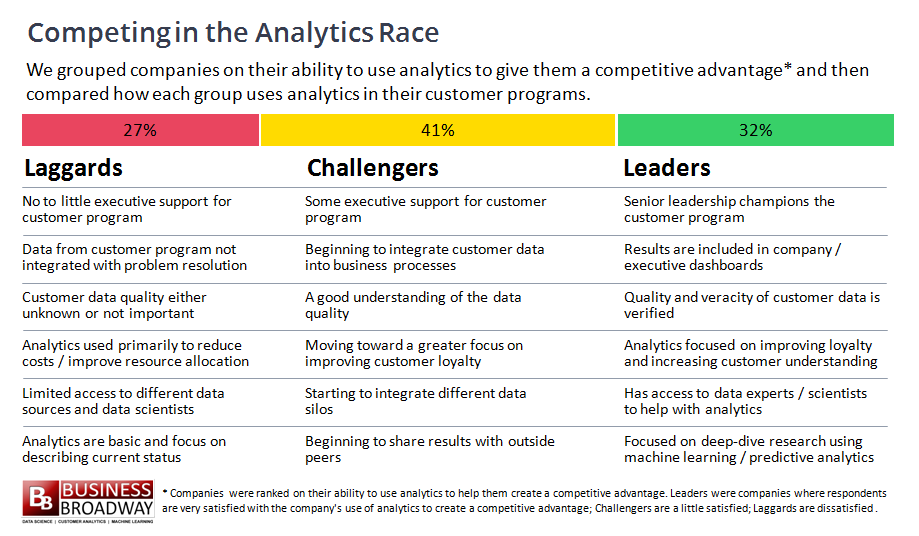We surveyed 80+ customer-centric professionals in companies with formal customer-centric programs (e.g., customer experience, customer success) to determine the state of analytics in customer programs as well as identify what analytical leading companies (companies who use analytics to gain a competitive advantage) do differently in their customer programs compared to their analytical lagging counterparts. We found that analytical leading companies, more so than analytical lagging companies, infuse analytics practices throughout their entire customer program, from setting strategy to delivering insights. Competing on analytics today means integrating data silos, applying machine learning capabilities and leveraging data experts/scientists in your formal customer programs. Download the complete 22-page white paper here.
Competing on Analytics
Companies continually look for ways to outperform their competitors. One way they are trying to get ahead is through the application of analytics on their data. Researchers have found that top-performing businesses were twice as likely to use analytics to guide future strategies and guide day-to-day operations compared to their low-performing counterparts.
Researchers from MIT and SAS showed that analytical-leading companies (those that use analytics to create a competitive advantage) adopted analytics practices to a greater degree than analytical-lagging companies.
In the current study, we wanted to compare companies that varied on their ability to compete on analytics by asking respondents how satisfied they were with their company’s use of analytics to create a competitive advantage. We segmented the companies into three groups: Analytical Leaders (32% of respondents were satisfied with their company’s use of analytics to create a competitive advantage; Analytical Challengers (41% were neither satisfied nor dissatisfied about their company’s use of analytics) and Analytical Laggards (27% were dissatisfied).
Customer Experience / Success Programs
Businesses, trying to stay ahead of the competition, adopt formal customer-centric programs. While these programs may have different names (e.g., customer experience, customer success, customer loyalty), the ultimate goals of these programs are the same: to ensure customers are happy, receiving value from the company’s solution and are loyal. These programs have a lot of moving parts and I have summarized the various components of these programs (see Figure 2). Here is an article for a more in-depth discussion of these components.
In these Big Data times, these types of customer programs now involve a lot of data and analytics, and we wanted to know if Analytical Leaders adopt better practices in their customer programs compared to Analytical Laggards.
We asked customer professionals if 25 different practices across 5 customer program components (In the survey, we combined Strategy and Governance) described their current customer program. Some of the practices we examined included:
- Use customer metrics to set company’s strategic vision / mission and goals (strategy/governance)
- Include program results in company / executive dashboard (business integration)
- Provide evidence regarding the quality of the customer data (method)
- Report customer metrics for specific segments (reporting)
- Use machine learning techniques to uncover customer insights (research)
Results: Competing on Analytics
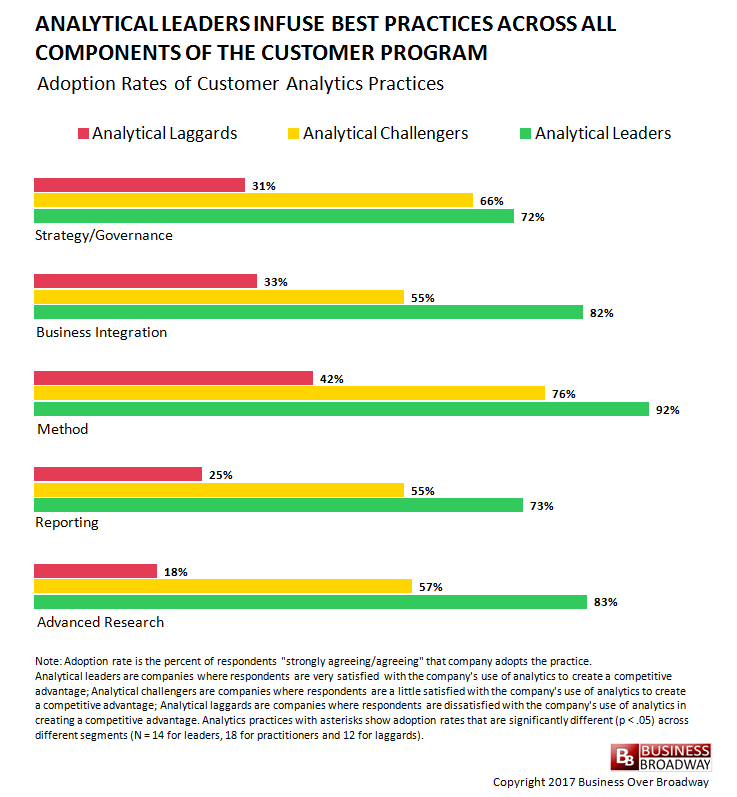
Figure 3. Analytical Leaders adopt more analytics practices in their customer programs compared to Analytical Challengers and Laggards. Click image to enlarge.
Analytical Leaders, more so than their counterparts, structure their customer programs differently by embedding analytics practices throughout all aspects of their customer program (see Figure 3).
For example, Analytical Leaders have senior executives who are champions of the customer program; these analytics-savvy companies include customer metrics in executive dashboards and use customer metrics in executive incentive plans. Additionally, Analytical Leaders, compared to Analytical Laggards, integrate their disparate data silos, use machine learning to uncover customer insights and provide their customer program professionals with greater access to data scientists to help them make sense of their data. The free report dives deeper into each of the 25 customer program practices.
Summary
Customer programs generate a lot of data. Consequently, improving your company’s ability to compete on analytics needs to include efforts to improve how your company governs, collects and analyzes customer data.
We found that companies who are able to compete on analytics (Analytical Leaders) adopted particular practices in their customer programs compared to companies were were not able to compete on analytics. Specifically, Analytical Leaders had customer programs that: 1) had access to data scientists, 2) presented results in executive dashboards, 3) employed machine learning to gain customer insights, 4) conducted in-depth research using customer data and 5) integrated their data silos.
Customer programs generate a lot of data. Consider the data from customer surveys, CRM systems, Web analytics and support systems, to name a few. Consequently, customer programs need to include efforts to improve how companies govern, collect and analyze that data. Keeping pace in the Big Data world requires companies to rethink their customer programs, including the skills needed for customer professionals, the tools they use and the executives who support it all. This report provides a look into what you can do to ensure your customer program supports the overall analytics efforts of your company. You can download the free white paper here.

